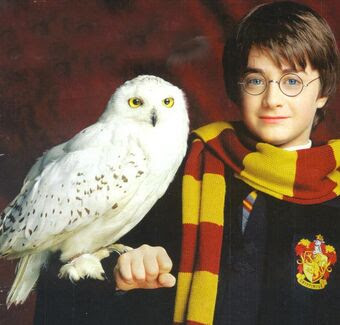When you see a snowy owl, it's clear how the bird probably got its name: they're snow-white. Males are generally whiter than females. As males grow older, they get whiter. The females never become completely white—remaining brownish with darker markings.
Habitat:
These large owls mainly live in the Arctic in open, treeless areas called tundra. Snowy owls perch on the ground or on short posts. From there they patiently watch for prey.
Prey Hunt:
Their favorite target is lemmings—small mouselike rodents—but they also hunt for other small rodents, rabbits, birds, and fish.
Snowy owls have excellent eyesight, but they obviously can't see their prey when it's underneath snow or a thick layer of plants. To capture those meals, the owl relies on its other keen sense: hearing.
In flight, snowy owls generally cruise low to the ground. Once they spot their prey, they approach it from the air, and snatch it up using the large, sharp talons, or claws, on their feet.
Most owls sleep during the day and hunt at night, but the snowy owl is active during the day, especially in the summertime. They tend to be most active at dawn and dusk.
Lifecycle:
Snowy owl pairs usually mate for life. Female snowy owls lay from 3 to 11 eggs at a time, in a nest built on the ground. When there is plenty of food available, snowy owls tend to lay more eggs than when food is scarce.
Lemmings make up the main part of the snowy owls' diet, and lemming population numbers rise and fall naturally. Sometimes, if there is not enough prey around to feed baby owls, the adult pair won't lay any eggs at all until the supply of food improves.
The female snowy owl sits on her eggs until they hatch. The male feeds her while she keeps their eggs warm and safe. After about one month, the eggs hatch.
Babies are covered in soft white down when they hatch. As new feathers replace the down, the birds become light brown.
The young leave the nest less than a month after they hatch. By the time they're about a month and a half old, the young owls can fly well, but their parents take care of them for another ten weeks or more.
Harry Potter:
Harry Potter's faithful snowy owl companion Hedwig sparked
particular interest in the striking and very large white birds. As early as
2001, the BBC reported soaring demand for the birds as pets, thanks to their
prominent role in the series. The attention possibly
even triggered a recent owl crisis in India.
But the news for snowy owls isn't all bad: Keepers at a zoo in
Washington are saying hello to a brand-new addition, and one that carries a
vague hint of Harry Potter magic.
In the tale, Erickson has a special permit that allows her to keep
Archimedes for educational purposes. He nearly died as a baby, and, once
resuscitated, was too imprinted with humans to return to the wild. Erickson is
only allowed to keep the owl because she uses him for talks and presentations.
And although Archimedes is confined to a very large cage while in
the house, Erickson does take her owl for walks. With a leash attached to his
legs and her wrist, Archimedes wheeling overhead, the odd pair have become a
fixture in Erickson's Duluth, Minn., neighborhood.
Because of owls' significance in the Harry Potter series, Erickson has regularly put in appearances (in full witch getup) with each movie and book release, but this year, the calls have been sparse.





0 Comments